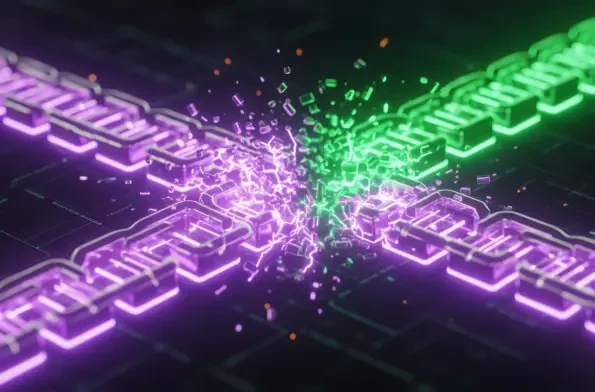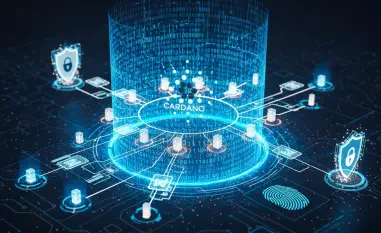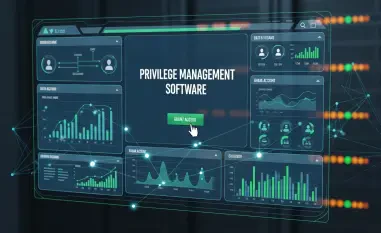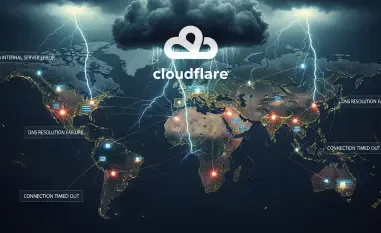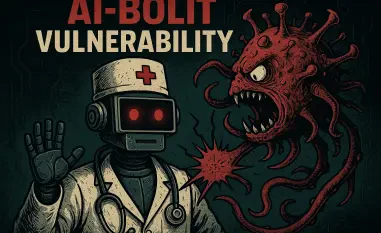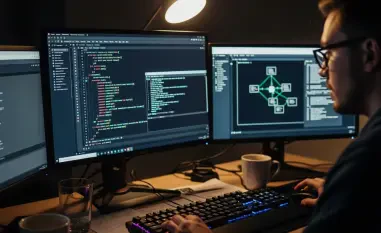The Cardano blockchain, a platform long celebrated for its scientific precision and unwavering stability within the cryptocurrency realm, encountered a seismic disruption on November 21 that rattled its very foundation and sparked widespread concern. A chain split, sparked by a staking pool operator’s ill-advised use of untested AI-generated code, laid bare a dormant bug lingering in the system for years, casting a shadow over the network’s reliability. Although no funds were lost in this unsettling event, the ripple effects have ignited fierce discussions about Cardano’s robustness and the trust it commands among users and stakeholders. In a crypto market already battered by volatility following a recent downturn, this incident has amplified skepticism. The core question looms large: can a platform built on academic rigor and decentralized ideals restore confidence after such a public stumble? This exploration delves into the causes, community reactions, and the path forward for Cardano in the wake of this crisis.
Unpacking the Crisis: A Collision of Errors and Flaws
The genesis of Cardano’s network split lies in a potent mix of human misjudgment and latent technical weaknesses that surfaced at a critical juncture. On that fateful day in November, a staking pool operator known as Homer J inadvertently set off a chain reaction by deploying AI-generated code without thorough validation. This reckless experimentation exploited a bug buried deep in the system since earlier iterations, resulting in the blockchain fracturing into two divergent chains. The temporary split threw miners, staking pools, and decentralized finance protocols into disarray, exposing a vulnerability in a network often heralded for its meticulous engineering. While the absence of financial loss offered some relief, the incident underscored a harsh reality: even the most carefully designed systems can buckle under the weight of human oversight lapses, raising alarms about the safeguards in place.
Beyond the immediate technical fallout, this event serves as a broader cautionary tale about the integration of emerging tools like artificial intelligence into critical blockchain operations. Homer J’s admission of negligence—relying on unverified code suggestions—highlights a dangerous gap in accountability and testing protocols. The fact that a single operator’s mistake could fracture a network of Cardano’s stature points to systemic risks that transcend individual actions. Historical parallels in the crypto space, such as Bitcoin’s hard fork over a decade ago, remind observers that such disruptions often stem from a blend of human error and hidden flaws. For Cardano, this incident isn’t just a glitch; it’s a stark reminder that technological innovation must be matched with rigorous vetting to prevent cascading failures that erode user confidence in decentralized systems.
Community Tensions and Governance Under Fire
The aftermath of the split revealed a deeply divided Cardano community, grappling with frustration and finger-pointing over the network’s apparent fragility. Some members expressed outrage at how easily a single operator’s misstep could destabilize a platform marketed as near-infallible, questioning the very principles of its design. Others turned their scrutiny toward governance, puzzled by how a long-standing bug escaped detection for so long. Charles Hoskinson, the founder of Cardano, intensified the debate by framing the incident as a deliberate attack on his personal staking pool, a claim that clashed with Homer J’s assertion of unintentional error. This discord has exposed underlying tensions within the ecosystem, where differing interpretations of intent and responsibility threaten to widen rifts at a time when unity is desperately needed to address the crisis.
Adding to the unease are pointed questions about Cardano’s oversight mechanisms and accountability structures. The persistence of an undetected flaw challenges the platform’s reputation for scientific rigor, prompting criticism of its code auditing and patch approval processes. Community voices have grown louder, demanding clarity on who bears responsibility for ensuring such vulnerabilities are caught before they manifest into full-blown disruptions. This incident has morphed into more than a technical hiccup; it has become a litmus test for Cardano’s governance model. As trust hangs in the balance, the community’s mixed reactions—from disillusionment to calls for reform—signal that rebuilding confidence will require more than quick fixes; it demands a fundamental reassessment of how the network ensures its own integrity.
Technical Response: A Band-Aid or a Cure?
In the face of the network split, Cardano’s technical team moved with commendable speed to contain the damage and restore order. Within hours of the disruption, a node update, version 10.5.3, was rolled out to reject the malformed transaction at the heart of the split, effectively merging the divergent chains back into a unified blockchain. A dedicated working group was also established to oversee data reconciliation, ensuring that no lasting inconsistencies plagued the system. This swift intervention prevented what could have been a catastrophic unraveling of network operations, offering a glimmer of hope that Cardano possesses the resilience to weather such storms. The absence of financial losses further mitigated the immediate impact, allowing focus to shift toward prevention rather than reparation.
Yet, beneath the surface of this rapid response lies a nagging uncertainty that a quick patch may not address deeper issues. Critics within the community argue that while the update resolved the visible problem, it does little to explain how a single operator’s error could fracture a supposedly robust network in the first place. Lingering doubts persist about whether other undetected bugs or vulnerabilities lurk in the codebase, waiting for the next trigger to surface. The effectiveness of the technical fix, while impressive in its immediacy, is overshadowed by skepticism about Cardano’s long-term stability. As stakeholders digest the incident, the consensus seems to be that while the response averted disaster, it cannot erase the fundamental question of whether the network’s architecture is as ironclad as once believed, pushing the need for deeper systemic reforms to the forefront.
Charting the Path to Redemption
Looking ahead, Cardano faces the daunting task of not only fortifying its technical infrastructure but also mending the fractured trust of its user base and investors. The upcoming Ouroboros Phalanx update promises enhanced security measures aimed at preventing similar chain splits, signaling a commitment to learning from this debacle. However, technology alone cannot heal the wounds inflicted on the platform’s reputation. Transparent code auditing processes, bolstered by independent reviews, must become a cornerstone of Cardano’s strategy to reassure stakeholders that vulnerabilities are being proactively addressed. Equally important is fostering open dialogue with the community to ensure that concerns are heard and governance gaps are closed with accountability at the helm.
Beyond technical and procedural fixes, Cardano must draw lessons from the broader blockchain landscape to navigate this pivotal moment. Historical disruptions, such as Ethereum’s split nearly a decade ago following a major exploit, demonstrate that setbacks are often part of the maturation process for decentralized systems. These events, though painful, can serve as catalysts for growth if met with resilience and reform. For Cardano, the path to redemption lies in transforming this crisis into an opportunity to strengthen its framework—both in code and in community trust. By prioritizing rigorous testing, clear governance, and genuine engagement, the platform can aim to rebuild confidence. The road ahead is steep, but with deliberate steps, Cardano has the potential to emerge from this incident not just intact, but stronger, proving that even the most trusted systems can falter yet recover with resolve.
